
Laser Periodontal Therapy (LANAP) in Long Island
Click above to see reviews.
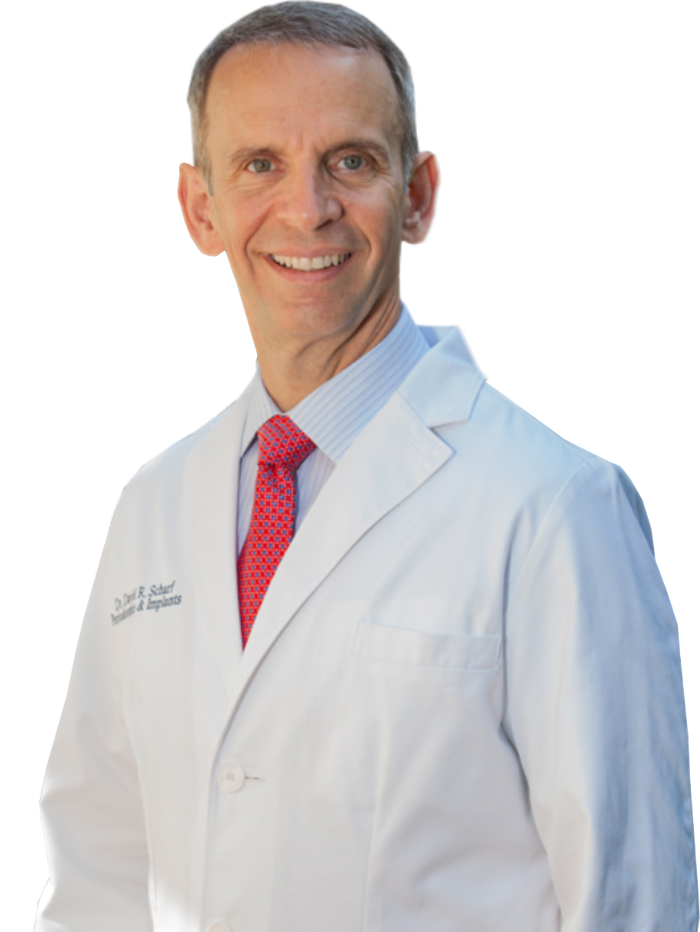
What Is LANAP or Laser Gum Surgery?
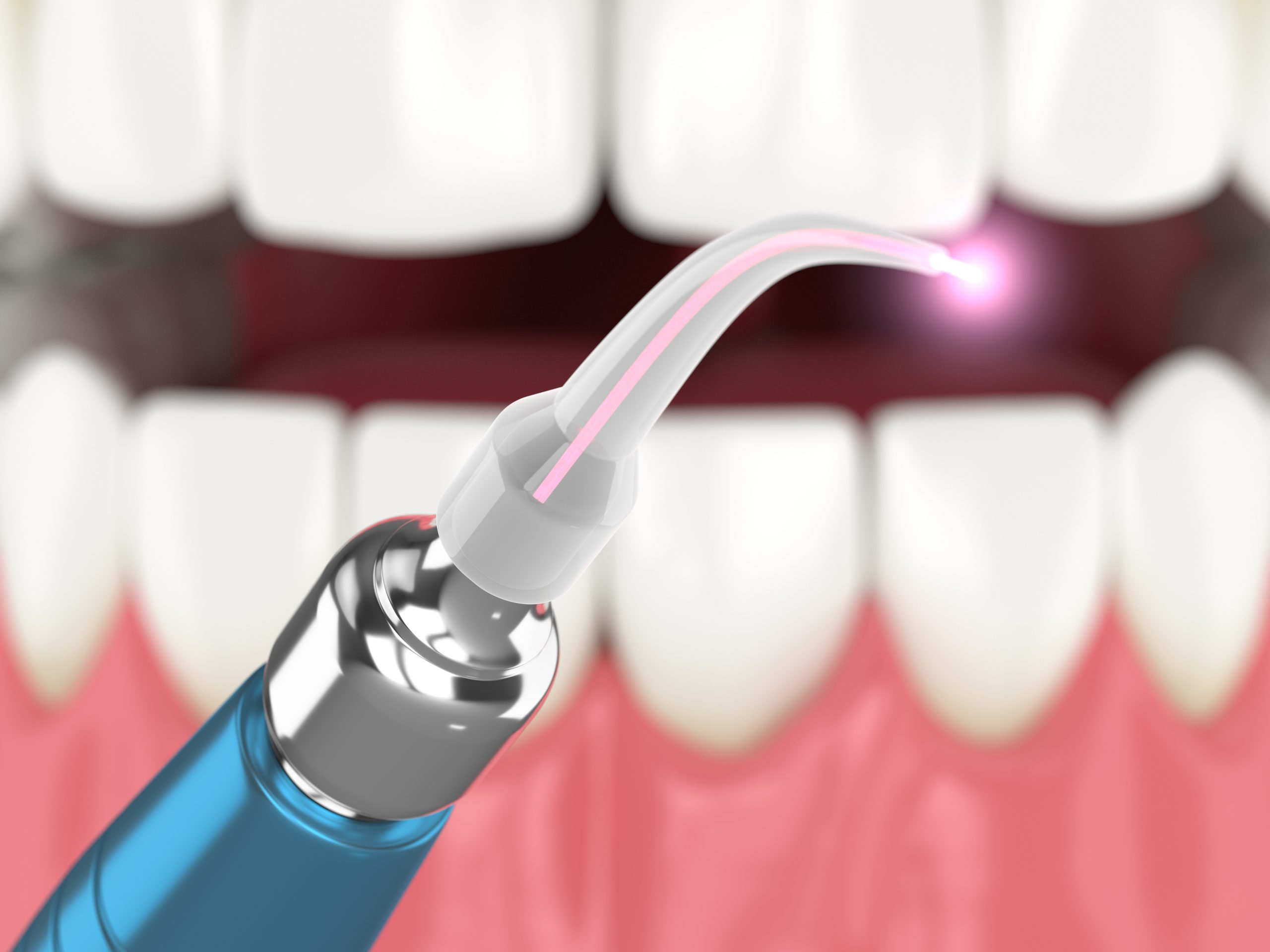
LANAP stands for Laser Assisted New Attachment Procedure and is a revolutionary technique that uses a small periodontal probe fitted with a diode laser.
During LANAP, this probe is inserted into the gingival pocket and moved around the tooth while the laser goes to work destroying bacteria and diseased tissue. LANAP is so effective that it can kill 99% of bacteria above and below the surface of the gum tissue.
The kind of lasers used during LANAP are designed to pass through water and hydroxyapatite, which means that the laser destroys diseased tissue and bacteria without affecting healthy gum tissue or enamel. For this reason, and because of the fact that LANAP is a suture-free procedure, LANAP preserves more healthy tissue and speeds recovery time.
If your gums are bothering you, don’t put it off. Talk to Dr. Scharf about LANAP laser therapy.
Watch Videos About LANAP Treatment
Learn about Laser Assisted New Attachment Procedure from Dr. Scharf
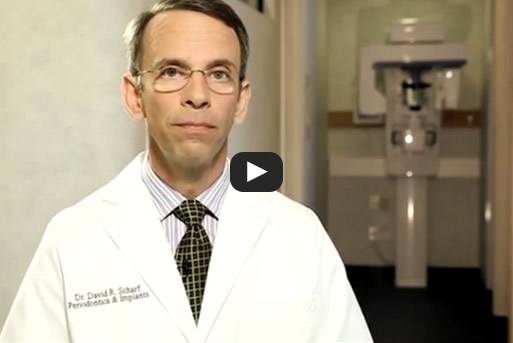
Joe, A Long Island Dental Patient’s experience with LANAP
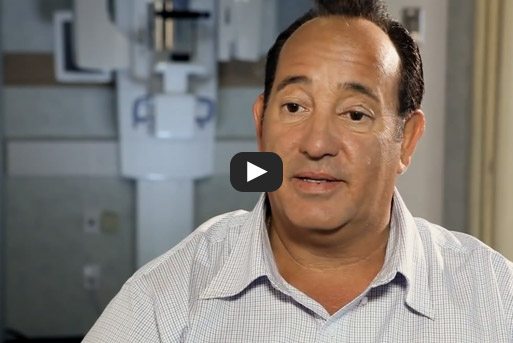
How laser periodontal therapy works
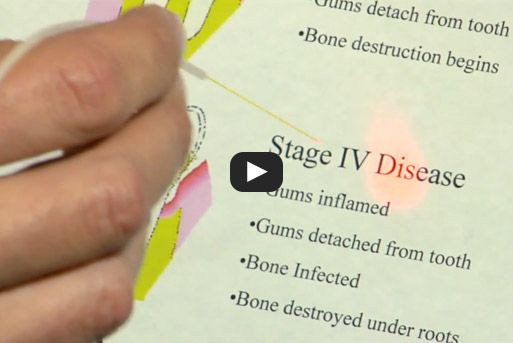
Understanding your treatment options
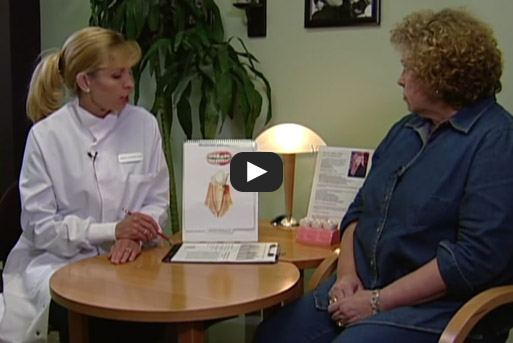

Benefits of LANAP
Patients who follow Dr. Scharf’s post-surgical instructions tend to have exceptionally high LANAP success rates. The high success rate also comes from the fact that Dr. Scharf trains other doctors in LANAP.
Because laser therapy is so fast and effective, most patients don’t have to take time away from work for the procedure or the recovery. Also, laser periodontal therapy is safe for people with other health problems including diabetes or hemophilia, since certain diseases can cause problems with excessive bleeding or proper healing.
To find out if LANAP is right for you, contact us to schedule an appointment with Long Island Periodontist Dr. David Scharf today!
Understanding Periodontal Disease
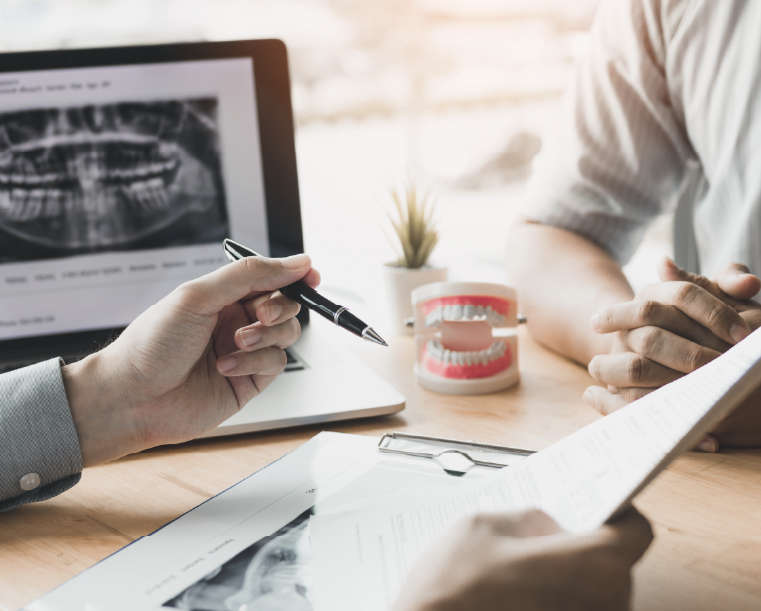
In order to understand LANAP laser gum treatment, it’s helpful to understand how periodontal disease works.
Periodontal disease begins with plaque and tartar accumulating along the gum line. This accumulation harbors and feeds oral bacteria, which produce acids that trigger an inflammatory reaction in the gum tissue.
Over time, the gum tissue begins to pull away from the teeth, creating gingival pockets that fill with more food grime and bacteria, which makes the gums pull back even farther.
Eventually, the infection can move deep under the gums, damaging the structures that hold teeth in place, causing bone recession, and making the teeth fall out. Bacteria from periodontal disease can even leach into the bloodstream, causing system-wide inflammation and damaging your overall health.
If you feel you might have gum disease and want healthy gums again, call Dr. Scharf’s office to schedule an appointment.
Traditional Treatments for Periodontal Disease
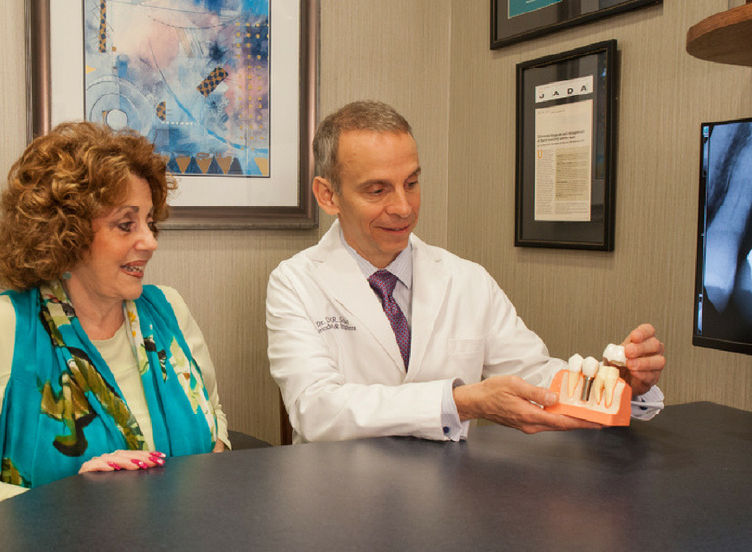
Traditionally, dentists and periodontists treated periodontal disease surgically. Diseased tissue was excised, and when the area was clean and the teeth were smoothed, the gums were sutured back in place. Unfortunately, this older technique had a few inherent problems.
First of all, traditional periodontal surgery caused a lot of bleeding, increasing infection rates and making the procedure difficult for some patients. Traditional gum disease surgery also tended to create problems with gum recession, gapped teeth, and cold sensitivity.
Additionally, traditional gum disease surgery typically required the patient to undergo several time-consuming procedures. While it can be an effective gum disease treatment, there are better options.
The Solution: LANAP

To circumvent the problems inherent in flap surgery, researchers and periodontists started experimenting with lasers to see if they could destroy oral bacteria and encourage pocket reduction without cutting into the tissue. Those experiments were successful and led to the development of LANAP.
After the periodontal pockets are cleaned and sanitized using the laser, Dr. Scharf uses special instruments to remove plaque and tartar that has coated the teeth under the gumline. The LANAP laser helps to loosen this accumulation, making it easier to remove. After the surface of the teeth is smoothed out, the LANAP laser is once again inserted into the gingival pocket to form a protective blood clot. This blood clot helps to reattach the gum tissue to the tooth and to keep new bacteria from infecting the area while it heals. Lastly, Dr. Scharf checks your bite and makes sure nothing is preventing the gingival pockets from healing.
This entire process can be completed during a single two-hour treatment session, and most patients don’t require more than two of these sessions. Recovering from LANAP is very straightforward, and most patients can manage any discomfort with simple over-the-counter medications like Tylenol or Advil. Most patients recover completely within 48 hours of the procedure.
After you have recovered, you will need follow-up appointments once every three months to make sure that you are healing properly. Careful attention to routine dental care is vital for keeping the gums and teeth disease-free.
LANAP+Perioscopy
Dr. Scharf takes LANAP laser gum treatment one step further by combining the laser treatment with perioscopy. We call it LANAP+ or LANAP+Perioscopy. It’s what sets Dr. Scharf apart from the rest who only do the laser treatment.
Perioscopy uses a small camera that fits between the tooth and gums and magnifies the area by 48x and projects it on a screen. This allows Dr. Scharf to do an even more thorough job of cleaning your teeth. It also allows him to see any problems with the roots of the teeth, such as calculus (tartar), inflammation, or infection.
Laser Gum Surgery Long Island, NY,
ADDRESS:
98 East Main Street
Babylon, NY 11702
Get Directions
PHONE: (631) 661-6633
OFFICE HOURS:
- Monday: 11:00 AM to 8:00 PM
- Tuesday: 9:00 AM to 8:00 PM
- Wednesday: 8:00 AM to 5:00 PM
- Thursday: 8:00 AM to 5:00 PM
- Friday: 8:00 AM to 5:00 PM

